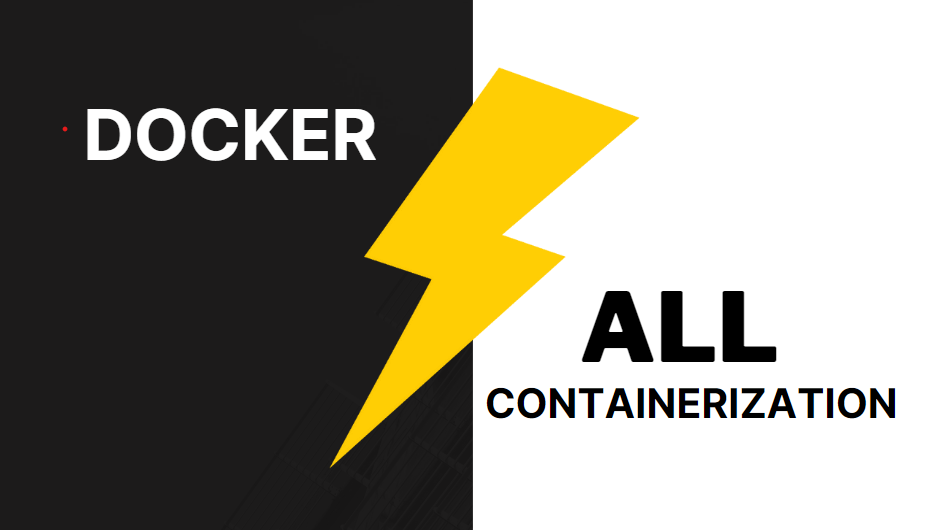Docker is a popular containerization platform that provides several advantages over other methods of virtualization and containerization. Here are some ways that Docker is more advanced than other solutions:
1. Lightweight: Docker containers are lightweight and can be quickly created, started, and stopped. This makes them ideal for microservices architectures where individual components of an application need to be isolated and managed separately.
2. Portability: Docker containers can be easily moved from one environment to another, such as from development to production or from on-premise to cloud. This makes it easy to deploy applications across different infrastructures without needing to modify the underlying code.
3. Consistency: Docker provides a consistent runtime environment for applications, ensuring that they run the same way across different environments. This reduces the risk of compatibility issues and makes it easier to troubleshoot issues that arise.
4. Scalability: Docker provides a scalable infrastructure for managing containers, allowing applications to be easily scaled up or down as needed. This makes it easier to handle traffic spikes and manage resources efficiently.
5. Ecosystem: Docker has a large and active ecosystem, with a wide range of third-party tools and services available to extend its functionality. This includes monitoring, logging, and security tools, as well as integration with other container orchestration platforms like Kubernetes.
From Zero to Market Leader: How Docker Captured the Containerization Market
Docker was able to capture a significant share of the containerization market in a relatively short amount of time due to several factors, including:
1. Ease of use: Docker made it easy for developers to create and manage containers, even if they had limited experience with containerization technology. This made it accessible to a wide range of users and helped to drive adoption.
2. Standardization: Docker introduced a standardized format for containers, making it easy to move applications between different environments without needing to modify the underlying code. This helped to reduce the complexity of managing containerized applications and made Docker more appealing to developers.
3. Open source: Docker was initially released as an open-source project, which helped to build a strong community of developers around the platform. This led to the development of a rich ecosystem of third-party tools and services, which helped to drive further adoption.
4. Strong partnerships: Docker forged partnerships with major technology companies such as Microsoft, IBM, and Amazon, which helped to increase its visibility and credibility in the market.
5. Rapid innovation: Docker has been able to rapidly innovate and introduce new features and capabilities, which has helped to keep it ahead of the competition. For example, Docker introduced swarm mode for container orchestration, which made it easy to manage large numbers of containers across multiple hosts.
Overall, Docker provides a powerful and flexible platform for containerization and is widely adopted by developers and organizations worldwide. Its lightweight, portable, and scalable infrastructure, combined with its strong ecosystem, make it an advanced solution for managing containerized applications. Docker was able to capture the containerization market quickly by providing a user-friendly and standardized platform, building a strong community, forming strategic partnerships, and continuously innovating to stay ahead of the competition.

